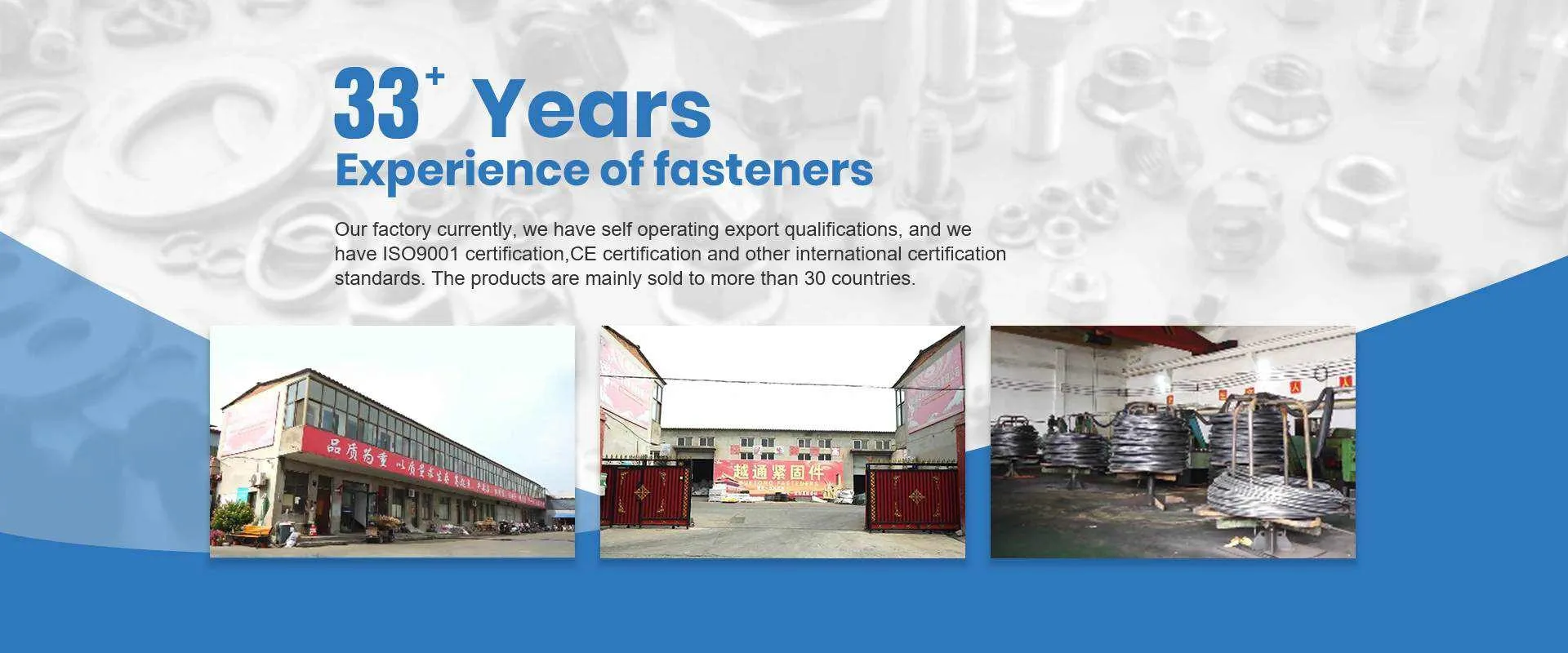Pro . 24, 2024 13:01 Back to list
Similar Specifications for M5 Hex Nut with Enhanced Performance Features
Understanding the M5 Hex Nut A Key Component in Fastening Solutions
When it comes to engineering and manufacturing, the importance of effective fastening systems cannot be overstated. Among the various fasteners available, the M5 hex nut stands out for its versatility and reliability. This article aims to dive deeper into the specifications, applications, and significance of the M5 hex nut in various industries.
What is an M5 Hex Nut?
An M5 hex nut is a type of fastener with a hexagonal shape, typically made from metals such as steel, stainless steel, or brass. The M denotes that it is a metric fastener, and the 5 refers to its nominal diameter of 5 millimeters. Hex nuts are designed to work with corresponding bolts or screws, providing a secure and stable connection.
Specifications and Design
M5 hex nuts conform to international standards, including ISO and DIN specifications. These standards dictate various aspects such as dimensions, tolerances, and material properties to ensure compatibility and performance. A standard M5 hex nut has a thickness ranging from 4 to 5 millimeters. The inner threads are designed to fit snugly onto an M5 screw or bolt, ensuring a tight grip that prevents loosening under mechanical stress.
The exterior features six flat sides, allowing for easy gripping with a wrench or socket tool, making installation and removal straightforward. Some M5 hex nuts may also include additional features like serrations or nylon inserts to enhance friction and prevent loosening, known as lock nuts.
Applications of M5 Hex Nuts
m5 hex nut

M5 hex nuts are widely used in various applications across different industries. In automotive manufacturing, they are employed in assembling components such as engines, interiors, and exteriors, where reliability is crucial. In electronics, these nuts secure components onto circuit boards and chassis, ensuring stability and functionality.
Moreover, M5 hex nuts are prevalent in the construction sector, where they fasten structural components, framing elements, and machinery. They are also used in DIY projects and home repairs, making them accessible to hobbyists and professionals alike.
Importance of Material Selection
The choice of material for M5 hex nuts is vital, as it affects their performance and durability. Steel nuts are cost-effective and offer robust strength, making them suitable for most applications. However, in environments exposed to moisture or corrosive substances, stainless steel or brass nuts are preferable due to their resistance to rust and corrosion.
Conclusion
The M5 hex nut is an essential component in modern engineering and manufacturing. Its simple design belies its crucial role in ensuring the integrity and safety of assembled structures. Whether in automotive, electronics, construction, or DIY projects, M5 hex nuts provide a reliable fastening solution that withstands various stresses and environmental conditions. As industries continue to evolve, the demand for quality fasteners like the M5 hex nut remains unwavering, underpinning the advancement of technology and construction practices.
In summary, understanding the specifications, applications, and material importance of M5 hex nuts can aid in selecting the right fastening solutions for diverse needs. Their reliability and adaptability make them indispensable in our daily lives, highlighting their significance in both industrial and personal projects.


